Well at least the geologists are having fun…

Lake Mead’s falling water level has exposed several shocking things in recent months – previously sunken boats, old war ships and human remains. Now scientists are reporting a new discovery on Lake Mead’s dry bed: rocks laced with volcanic ash that rained down on southern Nevada during explosive eruptions roughly 12 million years ago.
The record-low water levels are exposing sedimentary rocks that haven’t been seen since the 1930s when the Hoover Dam was built and Lake Mead filled. Among these rocks, researchers with the University of Nevada in Las Vegas found ash deposits from volcanoes in Idaho, Wyoming and California.
Prepare now! Protect your home and cars againts EMP, solar flare and lightnings…
“We knew that these ash units existed, but we were surprised to find so many as the Lake Mead water level lowered,” said Eugene Smith, an emeritus professor of geology at UNLV and co-author of the study.
The West’s climate change-fueled drought and overuse of the Colorado River’s water has pushed Lake Mead levels to unprecedented lows. As of September, the lake’s water level was just 1,045 feet above sea level, or around 27% of full capacity.
Scientists are taking advantage of the low levels to study sediment that hasn’t been exposed in nearly a century.
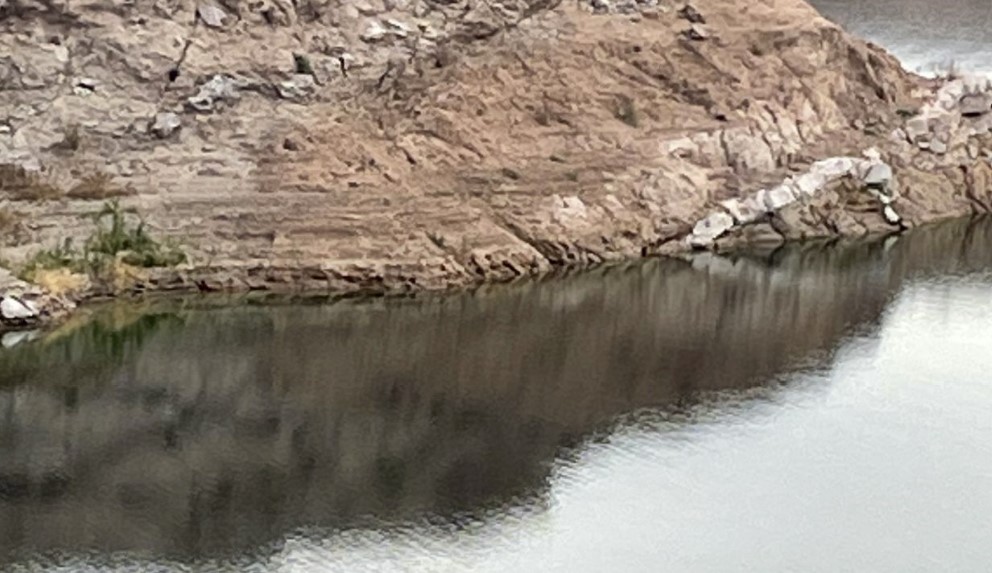
Smith’s research team found white to gray colored volcanic ash weaving through the formerly submerged rocks. They took samples back to their lab to pinpoint the source of the ash, but it wasn’t from a single eruption.
They found evidence of several volcanic blasts millions of years ago from places like the Snake River Plain-Yellowstone area – a tract of inactive volcanoes that stretches across Idaho along the Snake River and into what is now Yellowstone National Park – and eastern California. They also found ash from eruptions only 32,000 years ago – which is not so long ago in the geological time scale.
Prepare now! You will never go without electricity with this portable power station!
Jake Lowenstern, a research geologist with the US Geological Survey who is not involved with the study, said that studying volcanic eruptions of the past can help paint a picture of future risk.
For example, there are more than 20 supervolcanoes along the Utah-Navada border…
The latest discovery in Lake Mead may be one of the “better” collections of volcanic ash from that period of time, Lowenstern said, and it will “be important in allowing us to reconstruct the geologic history of the region, and to understand the frequency of large volcanic eruptions and their impact on the Southwest.”
Ash from even moderately explosive volcanic eruptions can travel hundreds of miles, blanketing areas as far away as several meters with heavy material. Recent eruptions have showed a couple of millimeters of damp ash can disrupt electricity transmission. And when inhaled, the tiny but sharp grains in the ash pose a significant health risk.
Prepare now! Stock up on Iodine tablets for the next nuclear disaster…
“These ashfall events can disrupt transportation and supply networks, close airports, and potentially be a health hazard,” Smith said. “It’s important for local governments to develop plans to deal with this sort of event, like they have for earthquakes and flooding.”
Smith said their latest analysis could help society prepare for future volcanic events, even if from far away volcanoes.
“Studying the past is the key to understanding the future,” Smith said. “By understanding past volcanic events, we can better understand how a future event may affect a large metropolitan area. We can also develop plans to deal with a volcanic eruption when one occurs in the future.” [CNN]
StrangeSounds.org has been banned from ad networks and is now entirely reader-supported CLICK HERE TO SUPPORT MY WORK…
Here some things to add to your disaster & preparedness kit:
- Protect your home and car with the best EMP, solar flares and lightning shield available…
- Drink clean water at home… Get this filter now…
- Health Ranger Store: Buy Clean Food and Products to heal the world…
- Prepare your retirement by investing in GOLD, SILVER and other PRECIOUS METALS…
- You will ALWAYS have electricity with this portable SOLAR power station…
- Qfiles is another great site for alternative news and information…



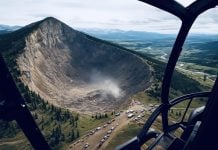
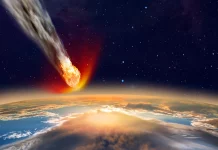

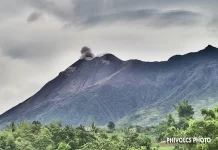
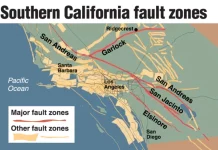
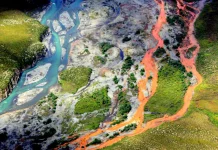
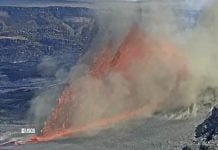
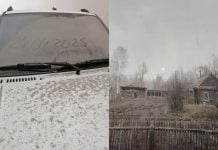

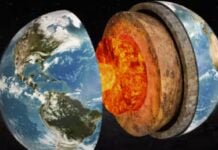

Would those be the same rocks, plainly visible for 1,000,000 years, before they built the dam?
So…. no one goes diving in the water? Surely it’s not a new discovery only due to low waters, unless it’s subliminal message that we are all having droughts.
You may be right. Even though they are hiding what’s really going on, some of the good guys at least want to raise awareness to things. And this is a good way to open the door a bit.
If it’s exposed behind the dam as the water levels drop, it’s surprising that the same layers would not be also found (and already investigated) downstream of the dam.
May be a lot of coins. Running a metal detector would be worthwhile. Guys in Florida make pretty good money going up and down the beaches.
Wonder if they found any gold nuggets in between rocks and boulders? That’s what I would be looking for in that Lake.